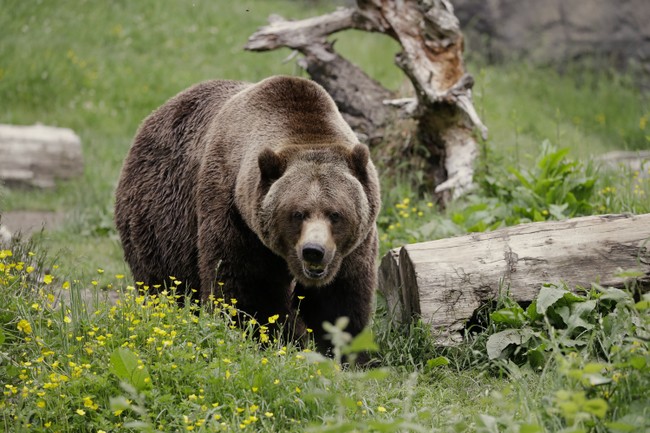
Some species of North American wildlife do quite well around people. When I was a kid, seeing a deer was a big deal; by the time I graduated high school their numbers had exploded, the local farmers were calling them “hoofed rats,” and they were causing a lot of crop damage. Wild turkeys, raccoons, and coyotes all do very well around human communities. Human settlements provide an ideal habitat for some of these critters for various reasons.
You can add black bears to that list. In several states, encounters with black bears are increasing, and close encounters between humans and bears rarely turn out well for either party.
Research compiled by International Association for Bear Research and Management has found that interactions with humans are increasing in 18 states: Alabama, Arizona, California, Connecticut, Idaho, Iowa, Mississippi, Missouri, Nevada, New Hampshire, New Jersey, North Carolina, North Dakota, South Dakota, Tennessee, Texas, Vermont and Virginia.
Even beyond that, data compiled by the International Association for Bear Research and Management revealed more than 46,000 incidents reported to state agencies in 2022 throughout the U.S.
“Many wildlife species encounters are on the rise, especially larger mammals because of human encroachment on their homes,” said Tommy Campbell, a wildlife biologist based in Estes Park, Colorado.
Well, that’s certainly part of it, and of this part of it, Estes Park is a great example. That Colorado mountain town lies just outside the east entrance to Rocky Mountain National Park and is in the middle of a great habitat for black bears, elk, and mule deer. But there’s another part of all this, and that’s that many animals, like black bears, elk, and deer, are adapting to live near humans. It’s not hard to see why, especially for bears. They aren’t hunted, at least not in the towns, and even in the cleanest communities, there is ample forage around for bears, which will eat almost anything.
See Related: Springtime in Alaska: Take Care and Beware of the Bears Up There
Vermont Couple Can Hardly Bear the Ursine Invader Sitting in Their Hammock
This leads to encounters, and some of them end up very badly. Only last weekend, a small girl was attacked by a black bear in a campground just outside Yellowstone National Park.
The girl was attacked at about 10 p.m. Sunday at a campground south of Red Lodge and taken to the hospital in Billings. Fish, Wildlife and Parks didn’t have any information on her condition on Tuesday, game warden Randy Hutzenbiler said.
The campground was evacuated and traps were placed in the area. A bear believed to have been involved was captured and euthanized on Monday afternoon, Hutzenbiler said. The wildlife agency still has traps in the area.
“There were attractants in the area,” Hutzenbiler said, which can include food and unsecured garbage.
That last bit is key. There were “attractants,” which almost certainly meant unsecured food or trash. That is, sadly, very often the case when these kinds of things happen.
There is as yet no word on the little girls’ condition; we can only hope for the best.
Bears are big animals. A mature bear, while omnivorous, is nevertheless programmed as an apex predator. In an encounter, the best thing to do is look downward, avoid eye contact, and back away slowly. It’s also important, however, to remember that black bears, even more than grizzlies, will attack with predatory intent, and when they do, the best recourse is to fight with everything you have – go after the bear’s sensitive muzzle, face, and eyes.
Here in the Great Land, we tend to take bears a little more for granted, probably more than we should, as we have a lot of them about. In many places in the lower 48, people are still getting used to the big critters moving into the neighborhood, and in some of our national parks, where wildlife is used to people being around, we still see too many instances in which the ill-advised (and, frankly, stupid) try to get too close to the animals, with predictable results.
If you’re venturing into bear country – or if bears are showing up in your area – be aware of your surroundings at all times. Carry, at minimum, some bear spray – a major-caliber sidearm is a good idea, too. Stay safe. Bears are serious customers, and we underestimate them at our peril.

